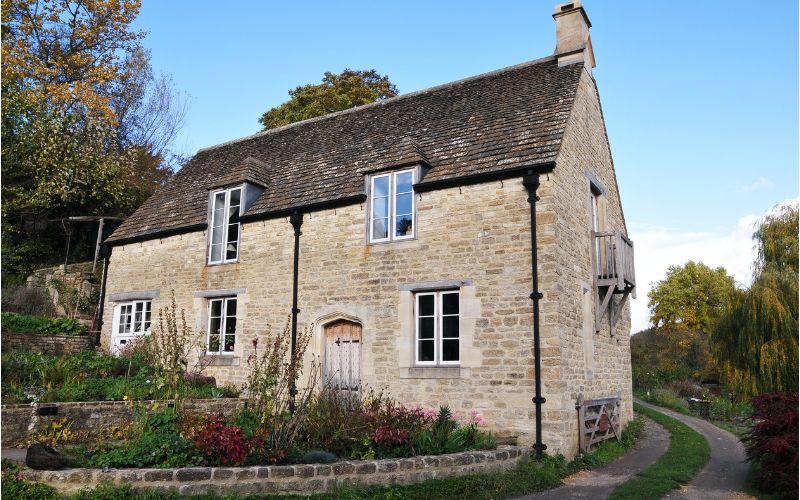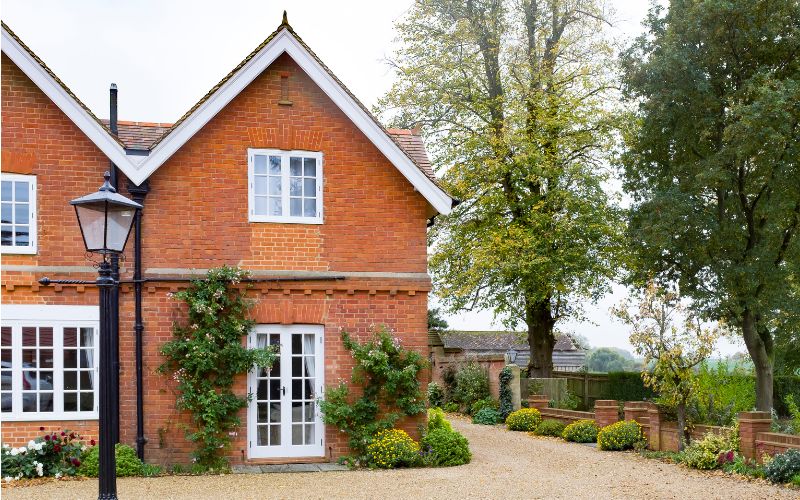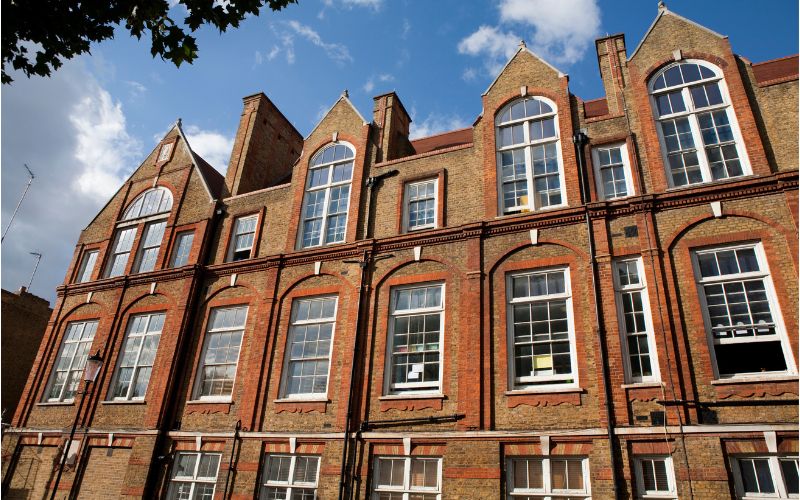The current government guidance is that construction sites can remain open to ensure economic activity within the sector. Several landmark construction sites have since closed in the previous days including McAlpine closing the refurbishment of Big Ben site and Taylor Wimpey announcing a full shutdown across all sites across the country. With the Government set to announce a support package for self-employed workers later this evening, this will put further pressure on construction sites to close their doors.
At Sillence Hurn we are already experiencing developers and construction firms following suit and beginning to wind down live construction sites. This is due to a combination of moral obligations, health of workers and also concerns over lack of availability of materials and disruptions to supply chains.
Below, I have outlined a basic list of considerations that developers, builders, construction firms and lenders should be considering as part of the shutdown process;
- Produce a detailed summary of status of works on site including photographic appendix and inventory of on-site materials. This is the most important point! This will become critical for any drawdowns, payment claims or Extension of Time claims.
- Review your contractual position, including any Force Majeure clauses.
- Notify your insurers of the current status of the works. Additional cover or premiums may be required.
- Review your programme and project timeline to assess the impact this will have upon your critical path activities which will be needed to review completion dates and long stop dates.
- Discuss the position with your funding partner.
- Confirm that the site is secure. Any temporary site hoarding or perimeter fencing should be upgraded with more substantial arrangements. Any works that are exposed to the general public should be prioritised and made safe. A CCTV system or remote monitoring security system should be put in place (if time permits). Additional measures may be required for city centre sites.
- Review suitability of any temporary works affecting the fabric or structure of the property. Where possible buildings or structures should be made weathertight.
- Remove all ladders and access points from scaffolding. Install scaffolding alarms where possible. Notify Local Authority where possible in respect of scaffold licence matters.
- Isolate any live services and wet systems which are yet to be fully commissioned.
- Postpone any upcoming deliveries of materials, fixtures and fittings and obtain confirmation from suppliers / manufacturers that these can be safely stored off-site. Ensure all existing materials, fixtures and fittings on site are safely stored with suitable measures implemented to prevent exposure and damage from the elements.
- Notify Building Control regarding site closure and obtain their latest site report for record purposes.
If you require any assistance with implementing these measures or wish to discuss any of the above points with our experienced team of surveyors, please contact us using the form on this page.




